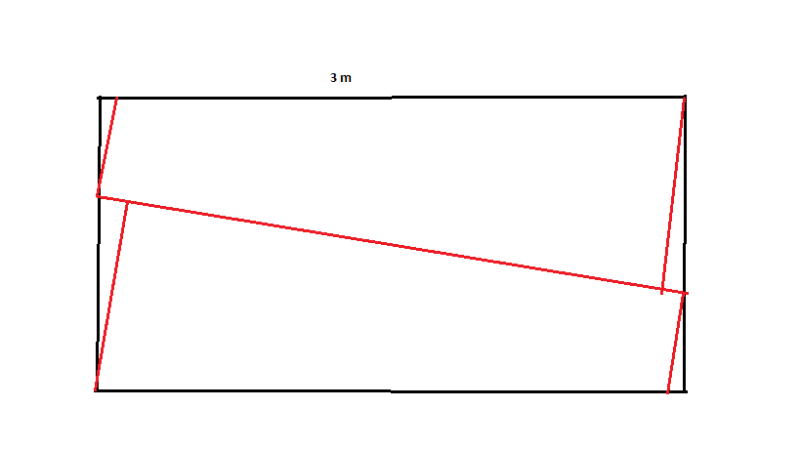Hamidreza1973
Industrial
- Feb 5, 2022
- 15
Dear All,
For your kind information, we have some internal floating roof storage tanks in our project. The client insists that we have to use the finite element calculation analysis for this issue -Pontoon and deck- to be modeled by SAP2000. Is it a normal request?
Best Regards
For your kind information, we have some internal floating roof storage tanks in our project. The client insists that we have to use the finite element calculation analysis for this issue -Pontoon and deck- to be modeled by SAP2000. Is it a normal request?
Best Regards

